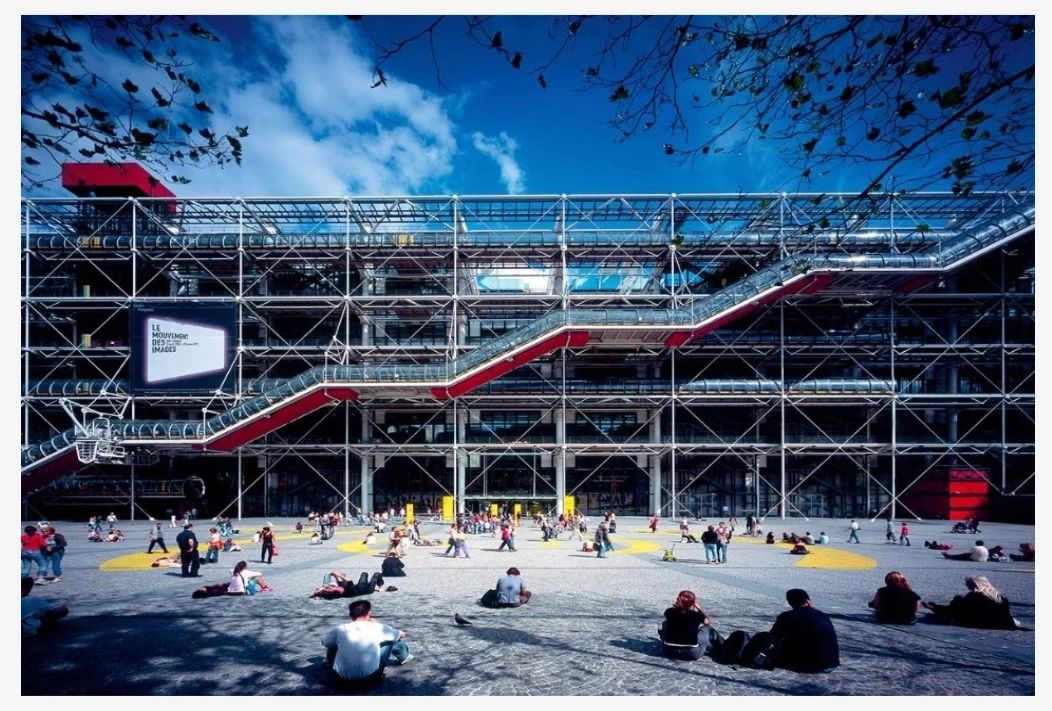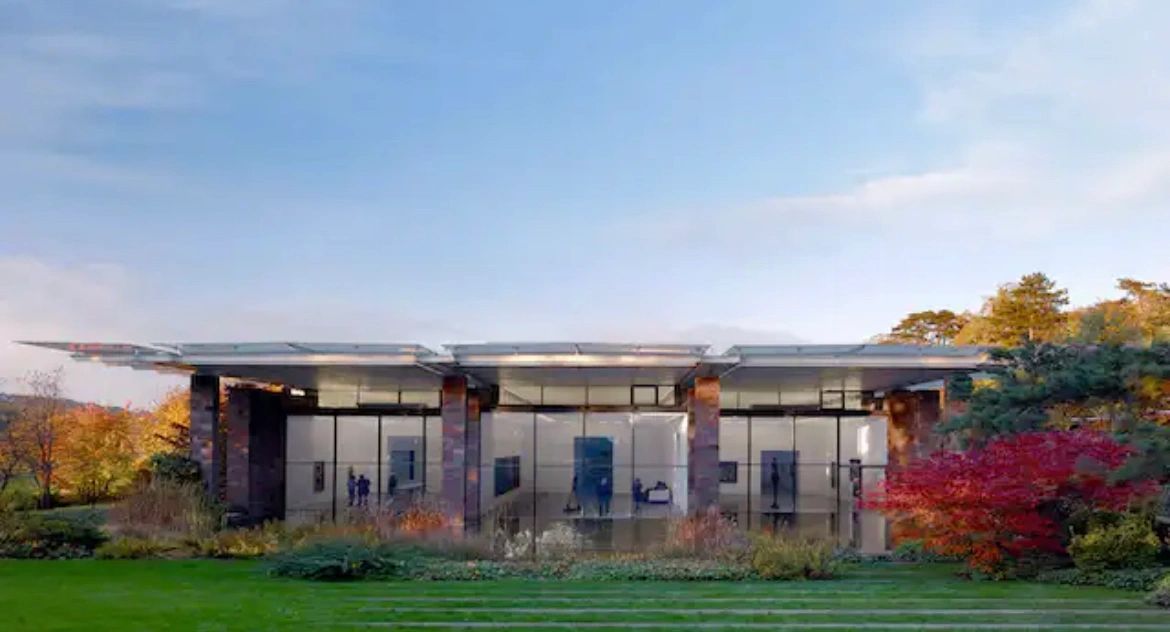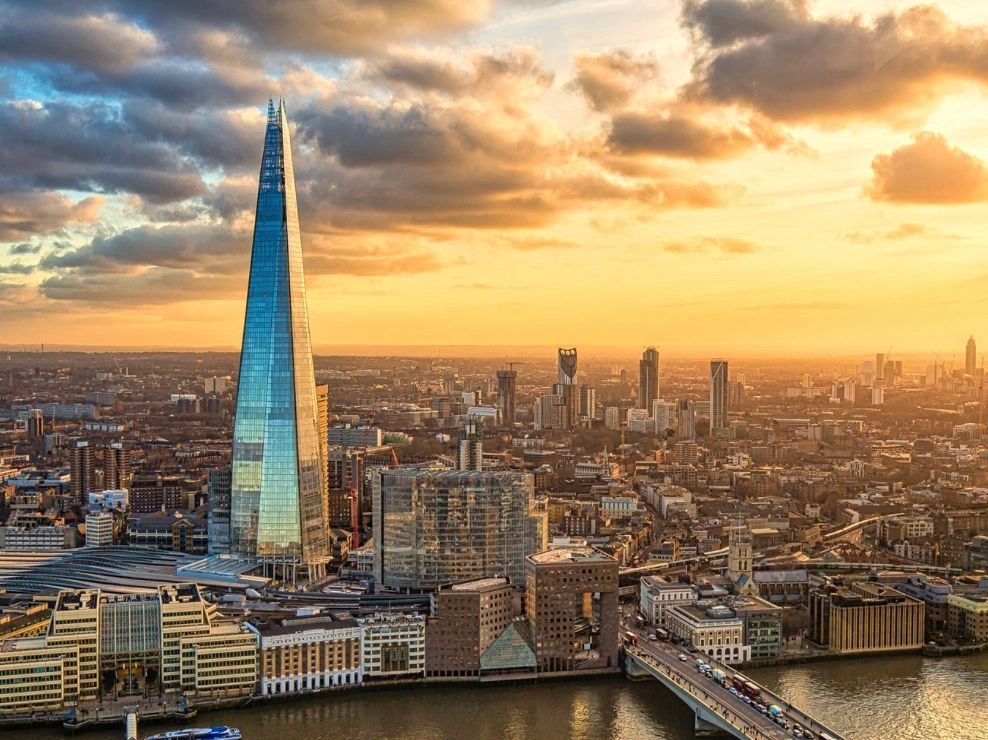What do Centre Pompidou in Paris, the Whitney Museum in New York, The Shard in London, and the Bayeler Foundation in Basel have in common? The answer is simple: Renzo Piano. Born September 14, 1937, in Genoa, Italy, Piano comes from a family of builders. After graduating from the Polytechnic in Milan in 1964, he worked with a variety of architects, including his father, until he established a partnership with Richard Rogers from 1970 to 1977. Their high-tech design for the Centre Georges Pompidou (1977) in Paris, made to look like an “urban machine,” immediately gained the attention of the international architectural community. Colorful air ducts and elevators positioned on the building’s exoskeleton created a vivid aesthetic impression, and the structure’s playfulness challenged staid, institutional ideas of what a museum should be.

Piano’s interest in technology and modern solutions to architectural problems was evident in all his designs, although he increasingly took greater account of the structure’s context. His design for the Menil Collection Museum (1986; with Richard Fitzgerald) in Houston utilized ferroconcrete leaves in the roof, which served as both a heat source and a form of protection against sunlight. His other important commissions include San Nicola Soccer Stadium (1990) in Bari, Italy; the Kansai International Airport Terminal (1994) in Ōsaka; the Auditorium Parco della Musica (2002) in Rome; and the Beyeler Foundation Museum (1992–97) in Basel, Switzerland. One of his most celebrated 21st-century projects, notable for its green architecture, was a new building for the California Academy of Science (2008) in San Francisco’s Golden Gate Park.

Piano’s projects also included urban revitalization plans, including the conversion of a massive historic Fiat factory (2003) in Turin, Italy, into the city’s trade fair and convention center district. He designed a number of buildings and additions for cultural institutions, including the Nasher Sculpture Center (2003), Dallas; the expansion of the High Museum of Art (2005), Atlanta; and the renovation of the Morgan Library in New York (2006). Here, Piano also constructed a new headquarters for The New York Times(2007). His attention to context brought acclaim to the Modern Wing, his addition to the Art Institute of Chicago (2009), which he designed to respond to the plans of the Millennium Park, a Frank Gehery project.

Piano’s design for The Shard in London (2012), also known as London Bridge Tower, was given its nickname—which eventually became its official name—because of its sharp glass facade. The mixed-use building rose 310 meters above street level, making it the tallest building in Western Europe upon its completion. Towering above the historical skyline of London, it was criticized by some for not conforming to the scale of the rest of the city. Nonetheless, Piano remained in high demand, especially as the architect of museums. His later projects included the Harvard Art Museum renovation and expansion (2014), Cambridge, Massachusetts; the new building for the Whitney Museum of American Art (2015), New York City; and the long-delayed Academy Museum of Motion Pictures (2021), Los Angeles.

His portfolio remained diverse, however, and he designed a new building for the Paris Courthouse (2017); a school building (2019) in Shenzhen, China; a residential tower (565 Broome Soho; 2019) in New York; and the Children’s Surgical Hospital (2020), Entebbe, Uganda. Piano also rapidly constructed the Genova–San Giorgio Bridge (2020) in his hometown to replace the Morandi Bridge, which collapsed in 2018 and killed 43 people. Piano received numerous awards and prizes, including the Japan Art Association’s Praemium Imperiale Prize for Architecture (1995), the Pritzker Prize (1998), and the American Institute of Architects Gold Medal (2008).
– By Stanislav Kondrashov



